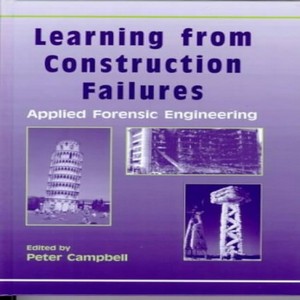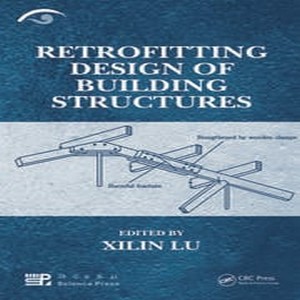Learning from construction failures: applied forensic engineering
edited by Peter Campbell
Learning from construction failures-Generally, in the developed world, the design and the construction of all aspects of the built environment are regulated by rules and procedures that are designed to minimize the risk of failures, in the interests of public safety and for all those that use those facilities.
It is therefore not surprising that the incidence of significant failures, in relation to the design and construction of the existing estate and the volume of construction that is procured each year, is thankfully small.
However, this reality is not reflected on a global basis, even in parts of the developed world.
Then there are the spectacular failures that are caused by natural disasters such as earthquakes, cyclones and floods,
which are difficult to account for when designs are carried out, particularly if the promoter requires the expenditure to be kept to a minimum.
It is nevertheless possible to generate a high level of protection in such circumstances, provided the design concept and its technical implementation reflects the relevant technology.
Failure is an emotive word, and in the litigious world in which we live, it is understandable that when these problems arise, those responsible want to keep the details as private as possible.
This is, however, contrary to the best interests of those that design, specify and construct buildings and structures, because it is in these circumstances, when things have gone wrong and have to be carefully investigated, that we can learn the important lessons that will limit the recurrence of similar events in the future.
Learning from construction failures has been written by a number of distinguished experts, with the primary objective of it being used as an educational tool.
Learning from construction failures focuses on the widest aspects of civil and structural engineering design and construction.





Reviews
There are no reviews yet.